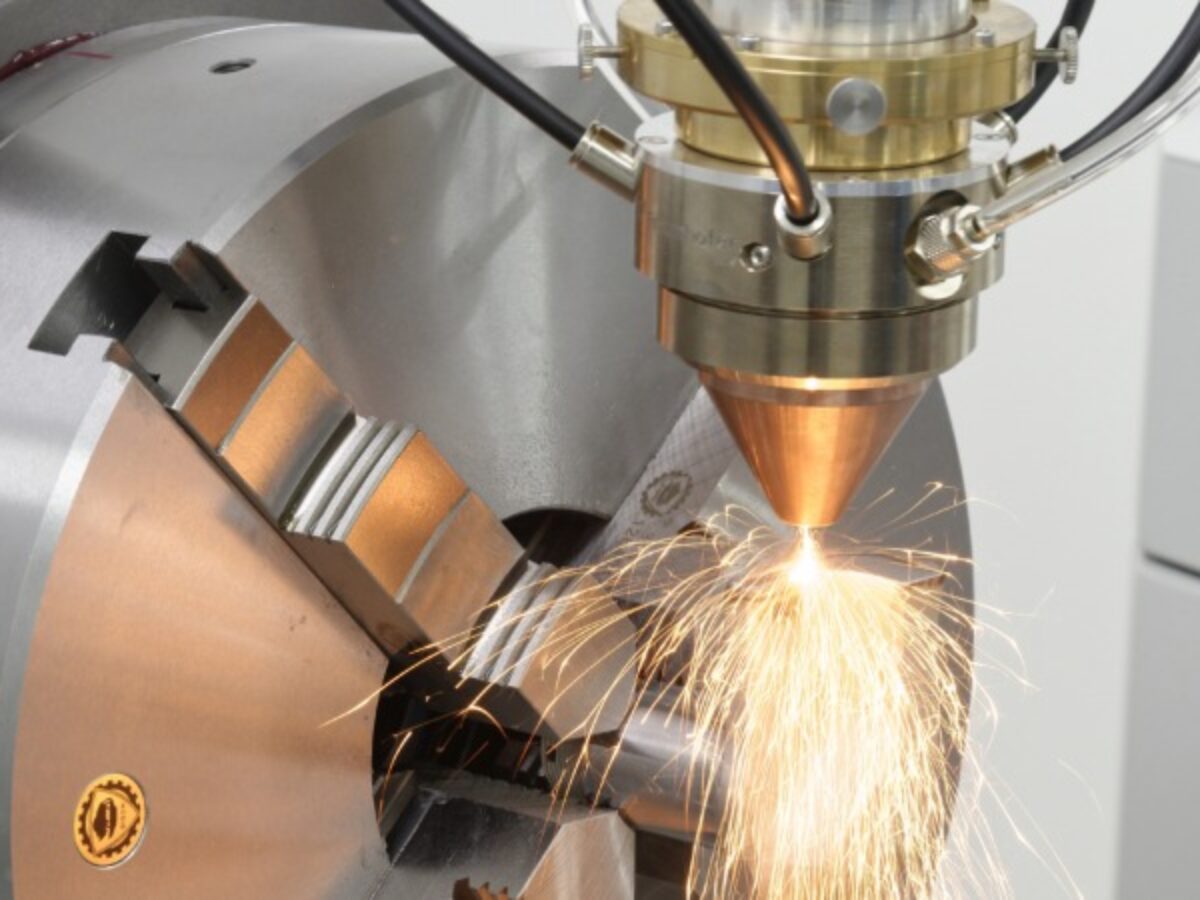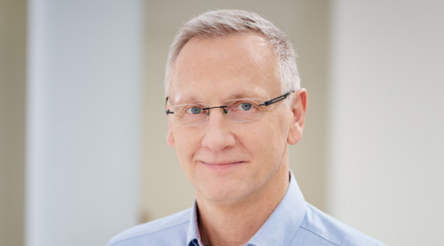Supersonic Particle Deposition proven for 3D use

Supersonic particle deposition (SPD) has been proven as a reliable additive manufacturing repair solution for aircraft and maritime structures.
Defence contractor, RUAG Australia, studied SPD as a method of restoring full structural functionality to corroded surfaces.
It found that SPD repairs restore the stress field in the structure and ensure that the load carrying capability of the repaired structure is above proof load.
Neil Mathews, a senior manager at RUAG Australia said: “SPD offers highly reliable, cost effective and time-sensitive repair solutions to complex skin corrosion issues.
“As our research continues to progress, and advancements in the scope of SPD applications expand, additive metal technology proves its very real advantages over traditional repair methods.”
Mathews authored a paper on SPD which received an award at the recent Australian International Aerospace Congress.
He said the technology was particularly applicable to maritime and military aircraft, whose regular operating conditions include high stress performance and harsh environmental factors.
“SPD technology has the potential to reduce the costs and replacement times associated with traditional approaches to aircraft skin corrosion repairs.”
RUAG’s research was carried out in association with Monash University and was co-funded by the US Navy, Naval Air Systems Command (NASC).
Picture: RUAG Australia
Subscribe to our free @AuManufacturing newsletter here.
Topics Manufacturing News
@aumanufacturing Sections
Analysis and Commentary Awards Defence Manufacturing News Podcast Technology Videos










